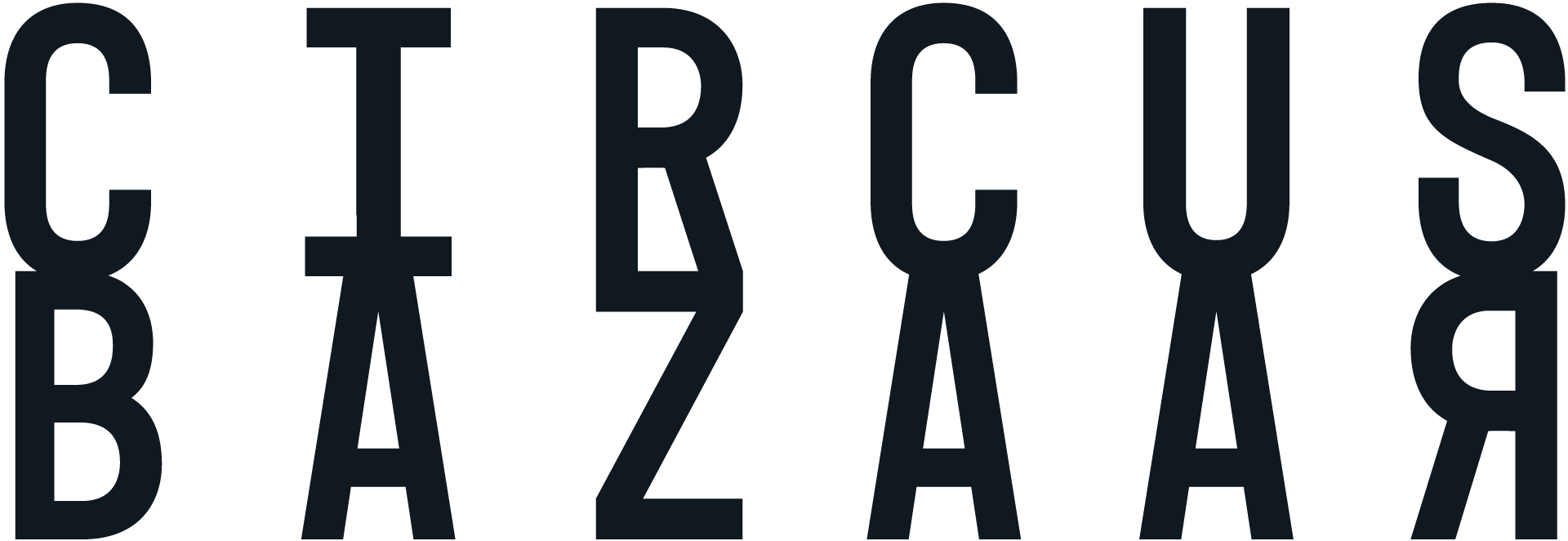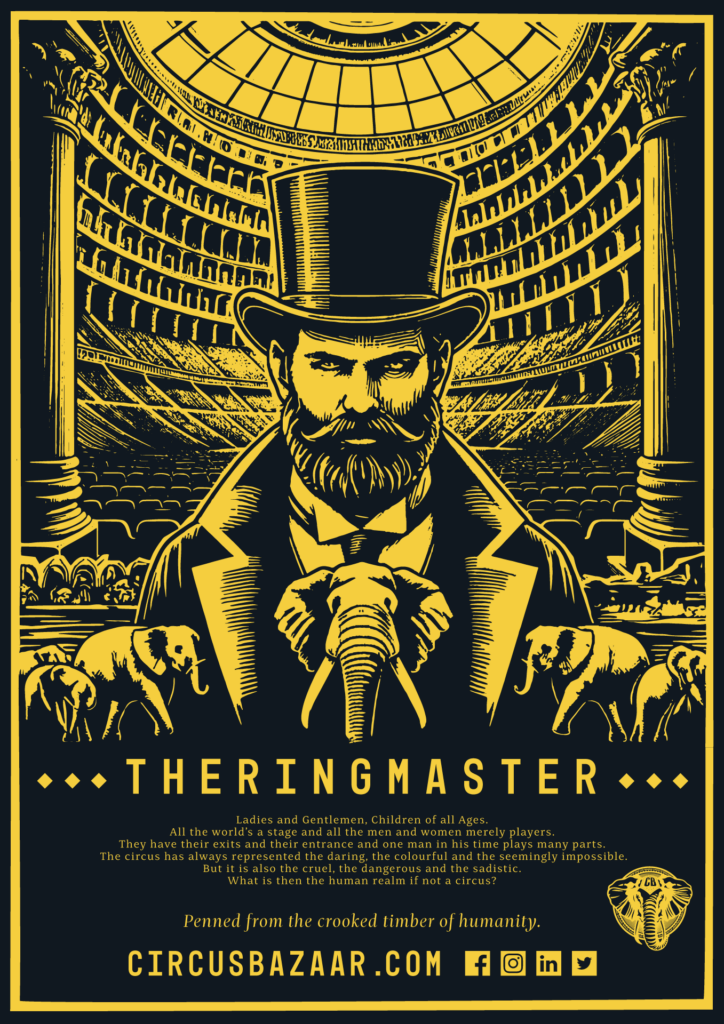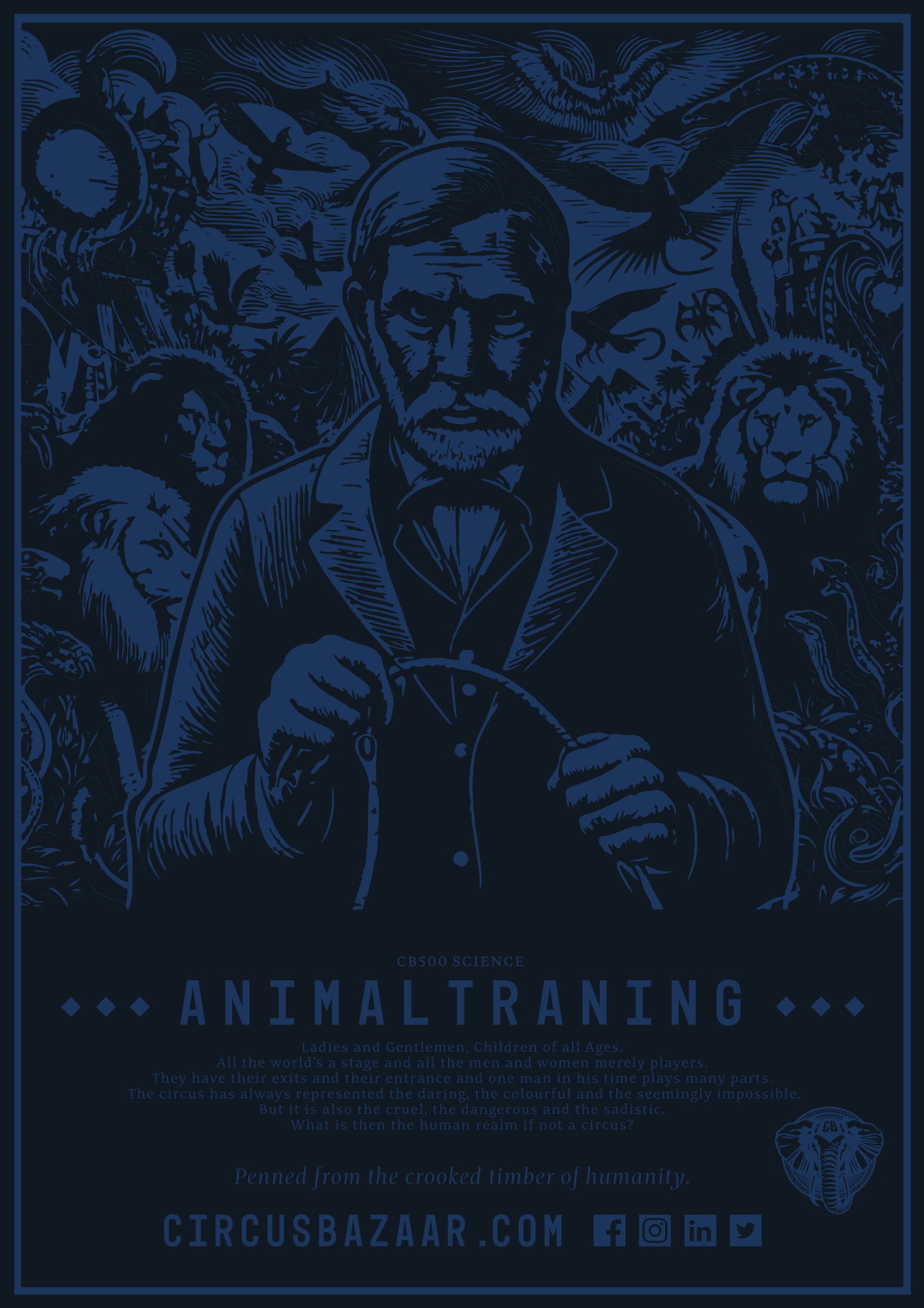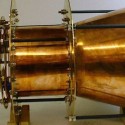A working microwave thruster would radically cut the cost of satellites and space stations and extend their working life, drive a plethora of suddenly affordable deep-space missions, and take astronauts to Mars in days to weeks rather than months.
[dropcap size=big]I[/dropcap]n 2011 the NASA engineering directorate created the Advanced propulsion team unofficially known as the “Eagleworks”. This rock star team of scientists and engineers are headed by Harold ‘Sonny’ White, engineer and applied physicist of NASA’s propulsion team at the Johnson space centre. The goal of the Eagle works was to push the boundaries of accepted design and find new and novel ways for humanity to travel practically into and through space. As the Advanced Propulsion Team Lead for the NASA Engineering Directorate, Harold White has several revolutionary projects in progress to massively advance current space propulsion systems. And in a remarkably short period of time Dr Whites team has made significant advances in our understanding and physical application of propulsion systems as well as developing two new concepts in human space propulsion including a controversial prototype.
Engage Mr Worf.
One of those projects is a spin off of the Alcubierre “warp’ drive developed by theoretical physicist Miguel Alcubierre in 1994. This paper was based on the tremendous spatial flexibility of space time which in the first nano seconds of the big bang expanded at a trillion, trillion times the speed of light which does not conform to the light speed limit of Einsteinian physics. Alcubierre suggested that a space drive could theoretically compress and expand space in a warped space time bubble around it and therefor move quicker than it could relativistically. Local space would still confine the spacecraft to just under the speed of light as under Einstein’s general and special relativity, but an outer bubble of deformed space time around the inner bubble of local space surrounding the starship would be able to literally shrink space ahead of he ship and stretch it out behind the ship. This would result in moving Space itself around the ship at any velocity far above light speed, relative to the amount of negative energy pumped into the warp field. The problem was that Alcubierre’s calculations showed that you would need half the mass of Jupiter in yet undiscovered ‘exotic materiel’ to create the negative energy field required to manipulate space time – which made the idea entirely logistically unfeasible.
Along comes resident NASA genius (for real) Harold White who re-formulated the calculations supporting the Alcubierre concept and suggested that if the warp bubble around a spacecraft was configured more like a “doughnut”, it would be orders of magnitude more energy efficient and make the concept achievable via existing or near future technology. As Dr. White puts it: “we want to go, really fast, while observing the 11th commandment: Thou shall not exceed the speed of light.” To investigate the feasibility of this warp drive, White and his team have designed a warp field interferometer test bed to demonstrate warp field phenomena. The experiments and their design are currently taking place at NASA’s Advanced Propulsion Physics Laboratory: Eagleworks at the Johnson Space Center. White and his team claim that that the modified Michelson interferometer they are developing will detect any distortion of space-time, and identify a warp field effect. But for now we will have to wait to see if these experiments yield empirical proof of concept, yielding a future warp capable starship that can flash between the stars at super light speeds.
Particles, virtual particles and thrust from a quantum somewhere.
NASA’s new ‘Cannae’ drive however, shows astonishing promise and unlike the ‘Warp drive’ interferometer experiments which are not likely to be complete till 2018 to 2020 the Q-thruster technology prototyped by the Eagle Works ‘may’ well have already had its ‘Chicago pile moment.’ This analogy is taken from when the first atomic pile was activated in 1942 at the University of Chicago allowing the development of modern nuclear technology.
This technology was first pioneered as the EM drive by British engineer Roger Shawyer in 2001, after twenty years with European satellite firm EADS Astrium Shawyer set up his own company, Satellite Propulsion Research (SPR) Ltd, funded by a modest grant from the UK’s Department of Trade and Industry. Shawyer theorised that net thrust would occur because the microwaves in the resonance chamber would have a group velocity which is greater in one direction than the other and Einstein’s relativity comes into play. Group velocity is the seemingly arcane phenomena when a light pulse can produce greater group velocity in one direction than the other, producing a net gain that is converted into thrust. This is a seeming violation of the ‘law of conservation of momentum’ which states that a closed system such as the resonance cavitator of a EM or Q-drive cannot produce a net gain on the energy within the system. Harold White asserts that the thrust demonstrated is from a novel quantum effect in the arcane world of subatomic particles and virtual particles acting in superposition, where Newtonian physics does not hold sway.
In 2003 Shawyer was able to demonstrate the concept in reality by producing a tiny thrust of 16 mN, equal to the weight of a couple of peanuts. But the effect was enough to validate the concept and inspire both Harold Whites and Yuang teams to replicate the effect, much it seems to the consternation of much of the physics and mathematics community.
To understand why such prestigious scientists and organisations are pursuing technology, which since its theoretical inception decades ago, has become largely the arena of science crackpots and cranks, its is important to understand the tremendous consequences of the technology. The new Q-drive is revolutionary in that it does not involve a macro fuel source as such. The new Quantum vacuum drive operates on using microwaves in a highly specialised reactor chamber to impact particles onto virtual particles in the quantum plasma. Engineer Guido Fetta designed a Microwave cavity resonator to produce this effect by bouncing high intensity microwaves around inside the specially designed tapered cavity to produce the thrust measured.
Harold White suggest that ‘novel physics’ may be responsible for thrust observed in prototypes. ‘The Quantum vacuum virtual plasma is a term White uses which itself has caused some controversy and has been called technobabble and made up by professors of physics at Stanford and Caltech. Though if they are actually engaged in the use of ‘novel’ quantum physics at a Newtonian scale then such new language is indeed a necessary descriptor of such a discovery. If he and Guido Fetta are correct that quantum vacuum fluctuations can produce thrust sufficient to propel a spacecraft, then a spacecraft equipped with such a drive would not need to carry any propellant for its operation.
The prototype experiment used a torsion pendulum, and enabled the Eagleworks team to measure approximately 30-50 micronewtons of thrust from the Quantum Vacuum Plasma drive. And to make this even more impressive this is not the first demonstration of the EM driver or Q-drive as NASA has dubbed it. In 2007 the Russian Research Institute of Space Systems launched an experimental micro-satellite called Yubileiny (Jubilee) with a “non-traditional” engine which, according to Director Valery Mesnshikov, functions without ejecting reaction mass. But the results of its trial were never published and it was later stated that “further developments” were needed and there has been no published work since on Russian reactionless drives.
But Yang Juan, Professor of Propulsion Theory and Engineering of Aeronautics and Astronautics at the Northwestern Polytechnic University in Xi’an published last year in the academic journal Acta Physica Sinica about her success in generating thrust measurements from a Microwave resonance based device. In 2010 Yuan quantified the amount of thrust that could be produced, and stated that the team was getting positive experimental results. Their latest paper describes their latest thruster and gives the test results in details, showing that with a couple of kilowatts of power they can produce 720 mN (about 72 grams) of thrust.
In both cases the experiments results came without the use of any physical propellant. A result which is the holy grail for space drives as ‘normal’ reaction fuel driven traditional rocket engines need huge amounts of reaction mass to be thrown out behind a space craft to accelerate it forward, manoeuvre and also to brake in space. Even the more advanced Ion drives and the experimental VASMR Plasma style drives still require significant amounts of propellant to generate thrust, so ‘if’ the Q-drive lives up to its promise, NASA may have just hit the propulsion jackpot.
Critics and Conclusions
But its not all back slapping and empirical certainty yet and there are critiques from scientific circles about both the Chinese and NASA’s thrust experiments with the Q drive. John Carlos Baez is an American mathematical physicist and a professor of mathematics at the University of California, Riverside (UCR) and is the co-founder of the n-Category Café a group blog concerning higher category theory and its applications, as well as its philosophical repercussions. He has described this as “graduate-level baloney”, adding that “Quantum vacuum virtual plasma’ is something you’d say if you failed a course in quantum field theory and then smoked too much weed. He goes on to say that “There’s no such thing as ‘virtual plasma'”. So it’s fair to assume that the results will be picked over very closely indeed, like CERN’s anomalous faster-than-light neutrinos. The neutrino issue was cleared up fairly quickly, but given that this appears to be at least the third independent propellant-less thruster to work in tests, the anomalous thrust may prove much harder to explain away. Certainly some complete vacuum tests with greater thrust would increase the prospective promise of NASA”s Cannae drive.
And considering the potential for this to revolutionise space travel and industrialisation its understandable that Whites team a forging ahead with further tests. A working microwave thruster would radically cut the cost of satellites and space stations and extend their working life, drive a plethora of suddenly affordable deep-space missions, and take astronauts to Mars in days to weeks rather than months. And with a verifiable warp effect still years from confirmation its seems that the ‘Eagleworks’ is as much about marketing and media releases as delivering solid results. But to be fair its early days yet and in a very short time the team of star scientists at the Eagleworks has already given the world plenty to both argue, speculate and dream about. Who knows what new surprises Harold Whites team of ‘mad scientists’ may come up with yet .

























